Protected: Lab 23, Station 4: Oral Cavity and Pharynx—Sagittal View
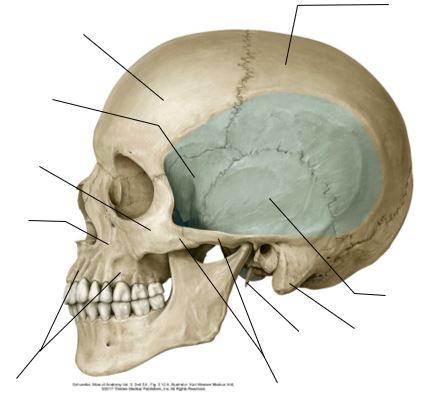
There is no excerpt because this is a protected post.
Protected: Lab 23, Station 3: Nerves and Vessels Associated with the Oral Cavity

There is no excerpt because this is a protected post.
Protected: Lab 23, Station 2: Muscles of Mastication and TMJ

There is no excerpt because this is a protected post.
Protected: Lab 23, Station 1: Osteology Associated with the Oral Cavity

There is no excerpt because this is a protected post.
Protected: Lab 11: Peritoneal Cavity and Supracolic Region
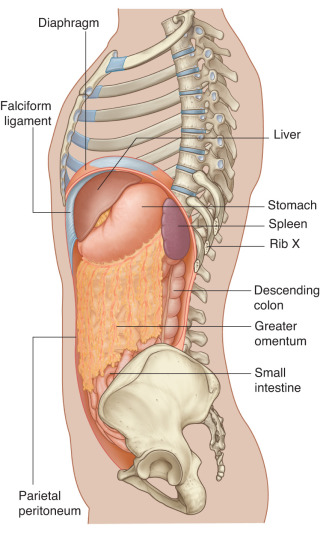
There is no excerpt because this is a protected post.
Protected: Lab 10: Dissection: Anterior Abdominal Wall (AAW) and Inguinal Region
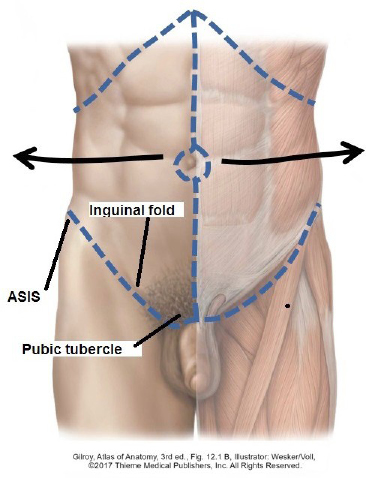
There is no excerpt because this is a protected post.
Protected: Lab 9: Mediastinum and Heart
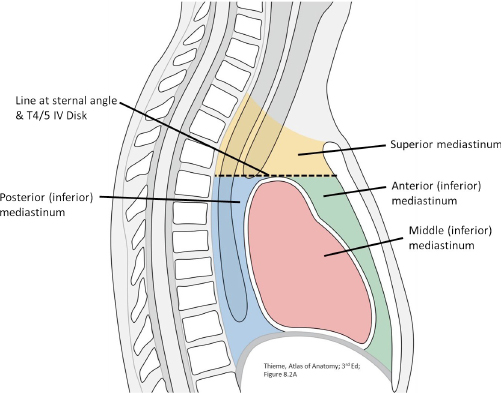
There is no excerpt because this is a protected post.
Protected: Lab 8: Dissection: Chest Wall, Overview of Thoracic Cavity
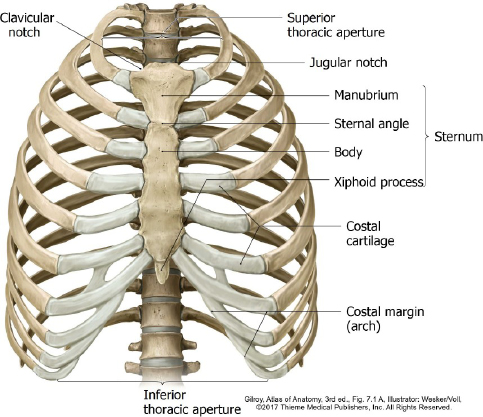
There is no excerpt because this is a protected post.
old-Lab 24: Peritoneal Cavity and Supracolic Region

Download this lab as a PDF Goals Survey the GI organs. Examine the peritoneum, peritoneal cavity, mesenteries, omenta, and peritoneal ligaments. Locate the subparts of the greater sac. Study the lesser omentum and demonstrate the lesser sac. Dissect the celiac trunk and demonstrate its branches. Clean and study the organs in the supracolic region: liver; […]
Protected: Lab 7: Posterior Forearm and Dorsal Hand
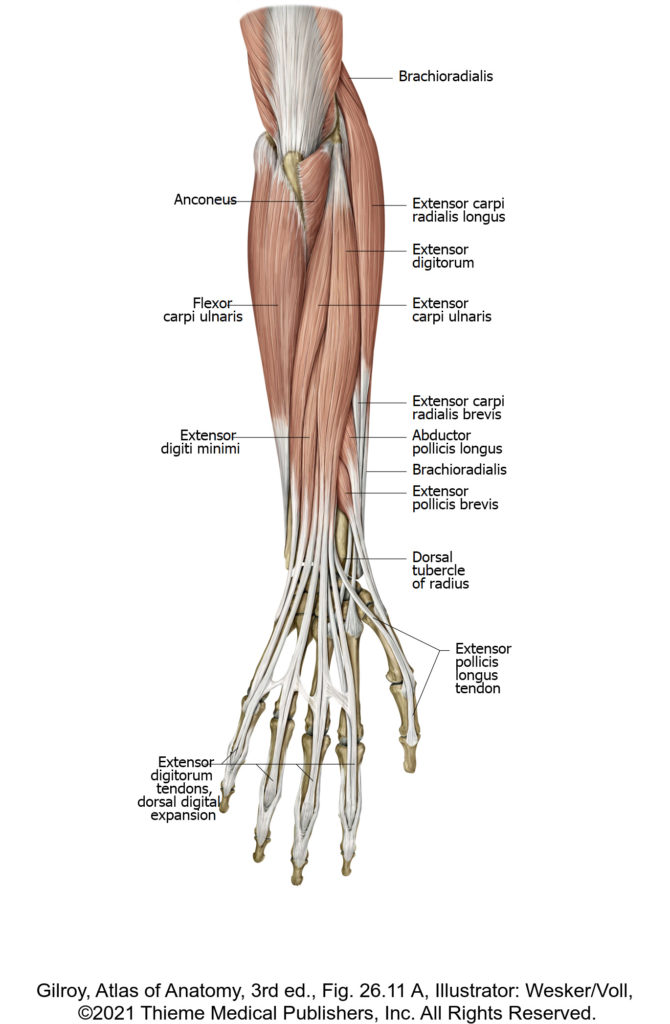
There is no excerpt because this is a protected post.